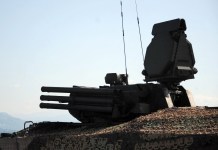Turkey is on track to develop the indigenous SIPER high-altitude long-range air defense missile system, said the head of Turkey’s top defense body on Sunday.
“All of our tests have been very successful. The message that these tests give us is that we see with great pleasure that our SIPER project is really on track, it is going very well,” Ismail Demir, head of the Presidency of Defense Industries (SSB) said on the sidelines of Teknofest Azerbaijan. Demir said that a new test will be held soon and as tests in the SIPER project begins.
For more than two decades, Turkey’s military procurement policy has emphasized co-production arrangements and technology transfers with US and European countries to wean Turkey off foreign-built weapons and platforms.
This policy appears to show results, as the Turkish Defense Industry has embarked on a spree of indigenous defense manufacturing with advanced stealth fighters, combat drones, and main battle tanks, all being developed domestically to meet the requirements of the Turkish Armed Forces.
The SIPER project is led by Turkey’s defense giants Aselsan, Roketsan, and the Scientific and Technological Research Council of Turkey’s (TÜBITAK) Defense Industries Research and Development Institute (SAGE), who were awarded the contract by SSB in January 2018.
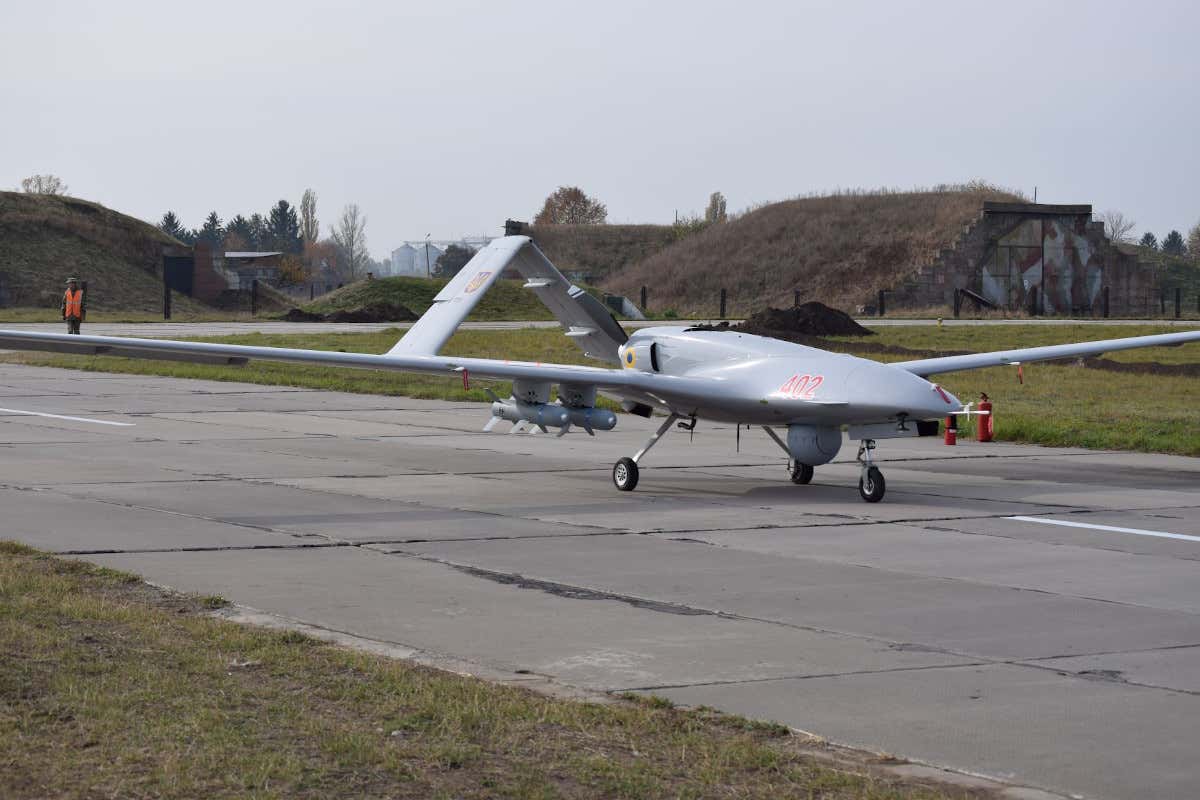
The system is expected to enter service with the Turkish Armed Forces in 2023.
Development Of SIPER Air Defense System
While not much is reported about the tests Demir spoke about, the last known test of SIPER was carried out in November 2021 at the Sinop Missile Test Range located in northern Sinop province.
According to Turkish media reports, the test was aimed at demonstrating the missile’s maneuverability and to see if it could be successfully directed or not against a target.

Reports suggest that the SIPER will be used for air defense of strategic facilities against enemy attacks and it will feature a distributed architecture and is planned to use more than one type of missile with different ranges.
The SIPER Block-I Missile is said to have a range of over 70 km and an altitude of over 20 km with its range expected to increase over 100 km (SIPER Block-2) by 2023. Subsequently, SIPER Block-3 will be developed, bringing the maximum range of the missile defense system up to a range of 150km.
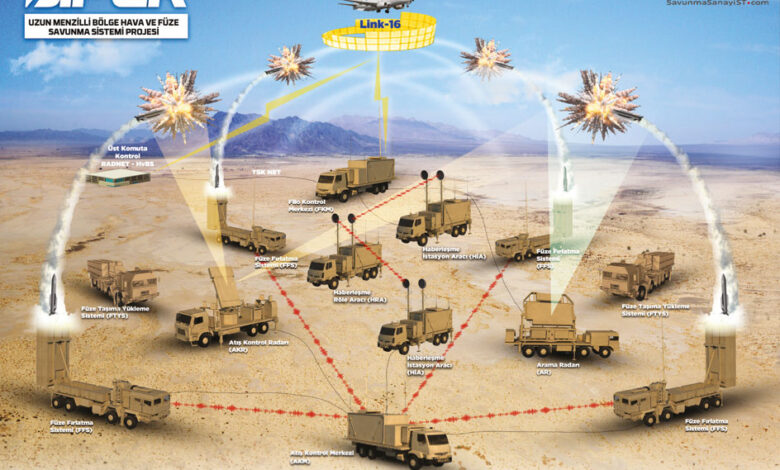
Aselsan is reportedly supplying a long-range search radar, called the UMAR, and a multi-functional fire control radar, called the ÇFAKR, both new generation radars with active electronically scanned array (AESA) and digital beamforming antenna architecture.
These radars are said to have the ability to use meteorological data to increase detection and tracking performance, and their AESA architecture and modular design approach allow low-cost maintenance and high availability.
SIPER – A Rival Of S-400?
Initially, reports had projected the SIPER as a rival missile defense system to the Russian S-400; however, with Turkey acquiring the Russian S-400 missile in 2019, the SIPER will probably play a complementary role to the S-400s.
As previously stated, Siper’s maximum range is roughly 150 km, whereas the S-400 can engage airborne targets at distances of up to 400 km and intercept ballistic missiles within a 60-kilometer radius.
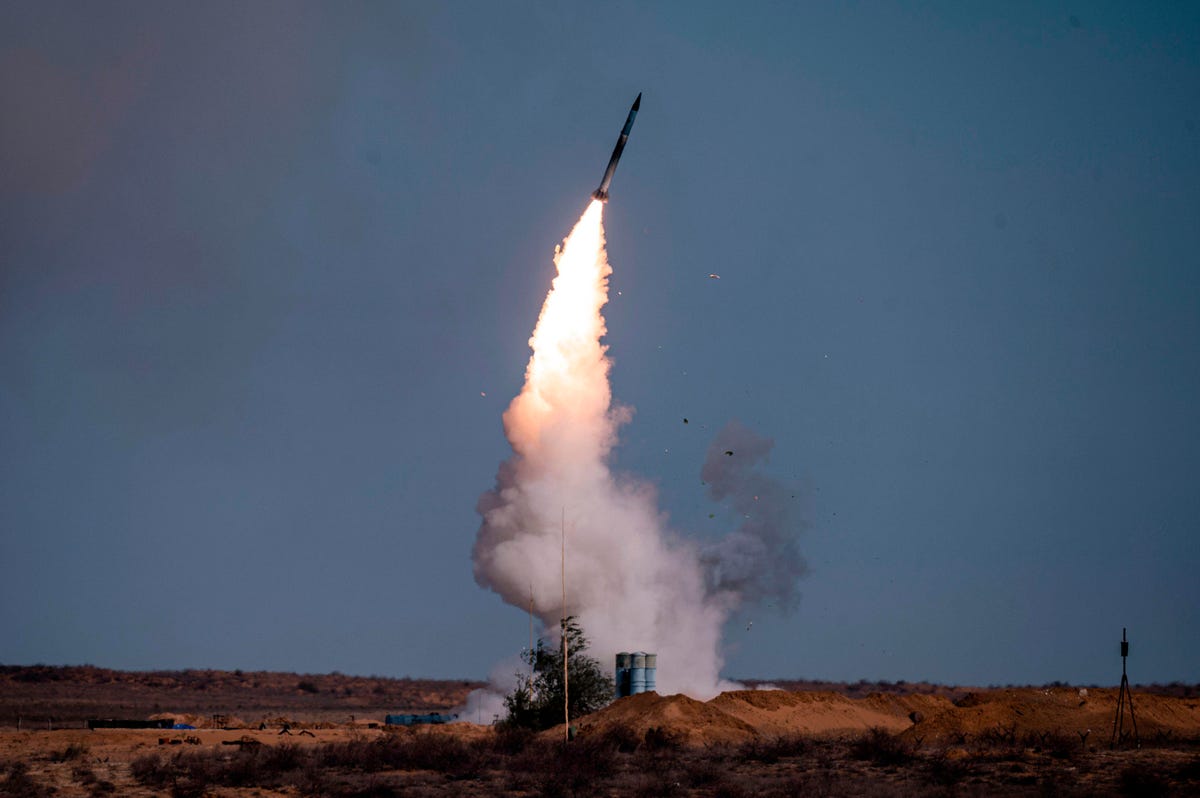
Also, the S-400 is battle-tested now; during the ongoing Ukraine war, it shot down a Ukrainian Mi-8 Helicopter and a Ukrainian Su-27.
#Russia said that it has shot down a #Ukrainian Mi-8 helicopter using its state-of-the-art S-400 anti-aircraft missile system.#RussiaUkraineWar #UkraineRussiaWar pic.twitter.com/JukHYaJkAg
— IANS (@ians_india) April 16, 2022
HISAR Family Of Air Surface-to-Air Missile Systems
The SIPER was earlier called HISAR U, as it belongs to the HISAR family of short-range to long-range surface-to-air missile systems being developed by ASELSAN and ROKETSAN since 2007. It also consists of the HISAR A+ low altitude air defense system and HISAR O+ medium-range air defense system.
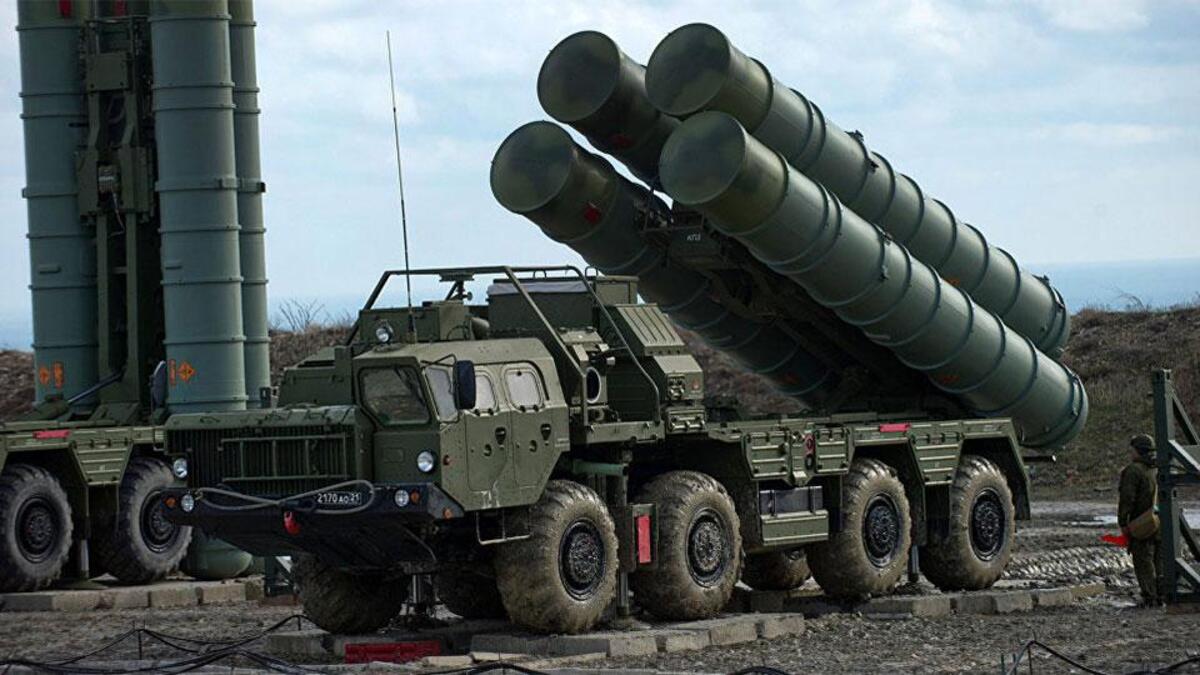
Both HISAR A+ and O+ are in service with the Turkish Armed Forces, defending their military bases, ports, infrastructure, and troops.
The range of the Hisar A+ system is 15 km, while the Hisar O+ system range is 25 km. These systems are effective against fighter jets, helicopters, air-to-surface missiles, and drones.

Both the systems feature 360-degree efficiency enabling them to identify and hit multiple targets simultaneously, with HISAR A+ capable of engaging six targets and HISAR O+ capable of engaging a minimum of nine targets at a time.
Turkey has been bolstering its air defense against the backdrop of multiple rocket attacks from neighboring war-torn Syria and increasing tensions with Greece over the Aegean Sea dispute, with both parties accusing each other of violating their airspace.
Experts suggest that Ankara perceives threats from states like Iran, Israel, the US, and even Russia, especially after its occupation of Crimea and the ongoing war in Ukraine, which threatens Turkey’s interests in the Black Sea.
Therefore, Turkey has been making efforts to develop a well-structured air defense shield in preparation for any potential challenges.
- Written by Tanmay Kadam/EurAsian Times Desk
- Contact the author at etdesk@eurasiantimes.com
- Follow EurAsian Times on Google News


